
홈
Gaya Tumuli
Yugok-ri and Durak-ri Tumuli
Yugok-ri and Durak-ri Tumuli
Yugok-ri and Durak-ri Tumuli
- It houses the tombs of leaders from Gimunguk, a Gaya polity situated in the northwesternmost section of the Gaya area during the fifth and sixth centuries.
- It indicates how far the Gaya civilization extended in its heyday, and informs on the relations Gaya forged with Baekje.
General Information
- Designation: Historic Site No.542
- Construction period: 5th-6th centuries
- Property area: 9.52ha
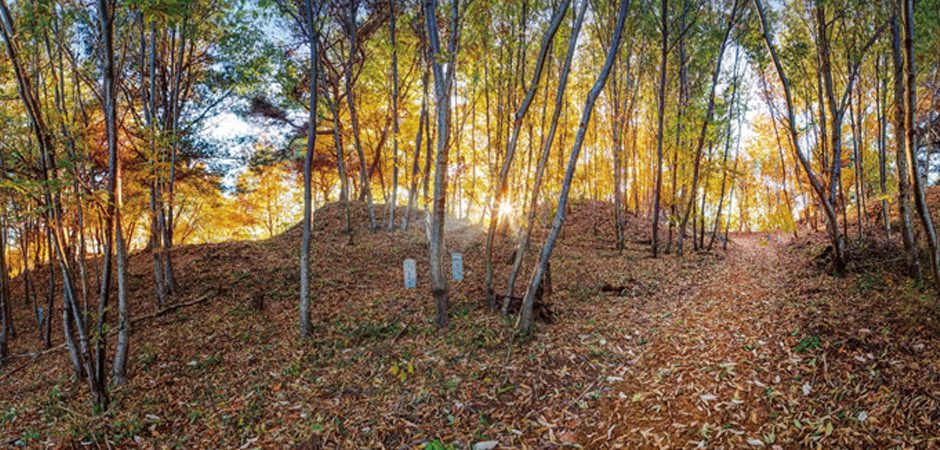
-
overview
- The Yugok-ri and Durak-ri Tumuli spans the Yugok-ri and Durak-ri neighborhoods in Namwon City, Jeollabuk-do Province. It houses the tombs of leaders from Gimunguk, a Gaya polity situated in the northwesternmost section of the Gaya area during the fifth and sixth centuries. The Yugok-ri and Durak-ri cemetery not only indicates how far the Gaya civilization extended in its heyday, it also informs on the relations Gaya forged with Baekje.
There are 40 mounded tombs at the cemetery. People displaced by a nearby flood in 1936 moved to the vicinity of the cemetery and have been living there ever since. A 1973 archaeological field survey suggested that the cemetery pertained to Baekje. Archaeological research in the 2000s, however, identified it as of Gaya origin. It was designated a Historic Site in 2018, and vegetation removal and other conservation projects are currently underway.
Gimunguk fueled its growth by trading with Baekje. The Yugok-ri and Durak-ri cemetery is important evidence indicating how far the Gaya Confederacy expanded to the northwest in the second half of the fifth century. Stone-lined chamber burials and then corridor-chamber tombs were consecutively constructed here. Tombs with a large mound were sited on the hilltops and ridges, and tombs with a smaller mound were placed around large tombs or on the slopes. Corridor-type tombs were built on the southern slopes in the first half of the sixth century. The demise of Gaya put an end to tomb construction at the Yugok-ri and Durak-ri Tumuli
The cemetery is visually prominent from the plains to its west. Large tombs cluster on the hill ridges, and smaller ones are found on the slopes.. Tombs at this cemetery are characterized by a parallel arrangement of two elongated stone-lined chambers respectively functioning as the main and accessory chambers. For example, Tomb No. 32, from the second half of the fifth century, has its main and accessory chambers laid out in parallel. In the main chamber are placed the tomb occupant, prestige goods, weapons, and a few pottery items. Abundant quantities of large-sized pottery pieces are deposited in the accessory chamber.
The pottery excavated from this cemetery includes footed bowls, jar pedestals, and long-necked jars. Also excavated are pieces bearing some stylistic resemblances to those made in Daegaya, attesting to the relations Gimunguk formulated with that polity. Meanwhile, the bronze mirrors of Chinese origin and the gilt-bronze shoes, necklaces, and glass beads from Baekje excavated from this cemetery show close similarities to those found in Baekje royal tombs, demonstrating that Gimunguk carried out active interchanges with the kingdom.
Picture
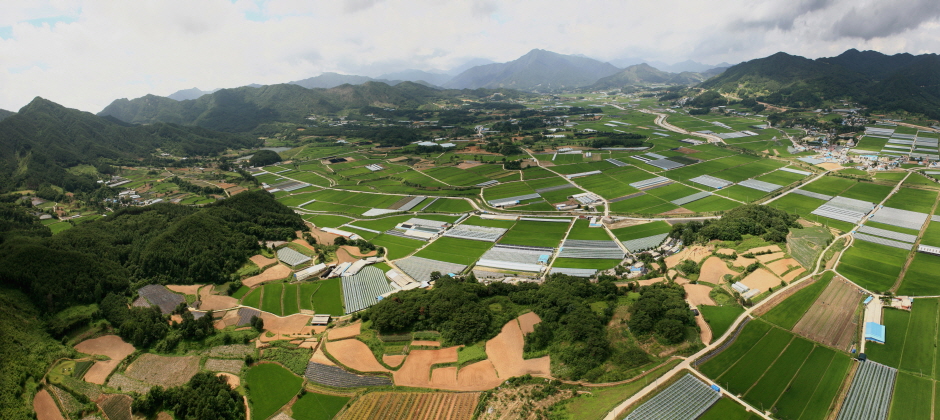
Picture 1. View Yugok-ri and Durak-ri Tumuli, Namwon
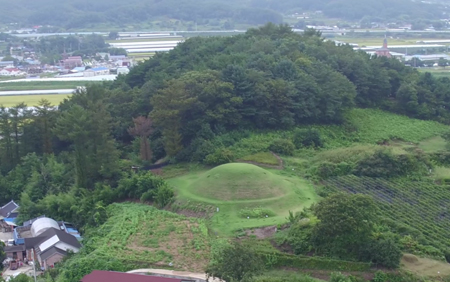
Picture 2. View Yugok-ri and Durak-ri Tumuli, Namwon
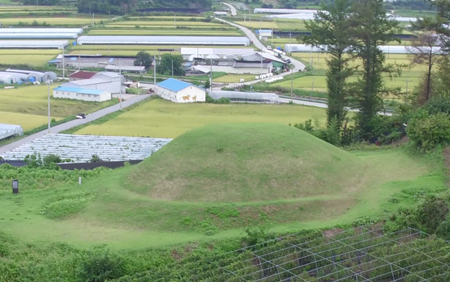
Picture 3. View Yugok-ri and Durak-ri Tumuli, Namwon
Relics
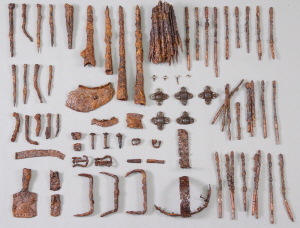
Ironware
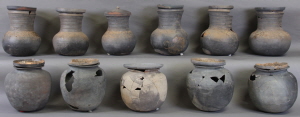
Earthware
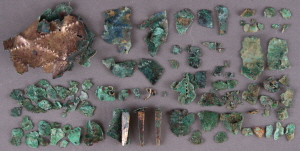
Bronze Sheos
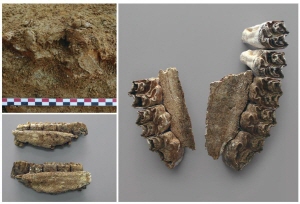
Horse bone
